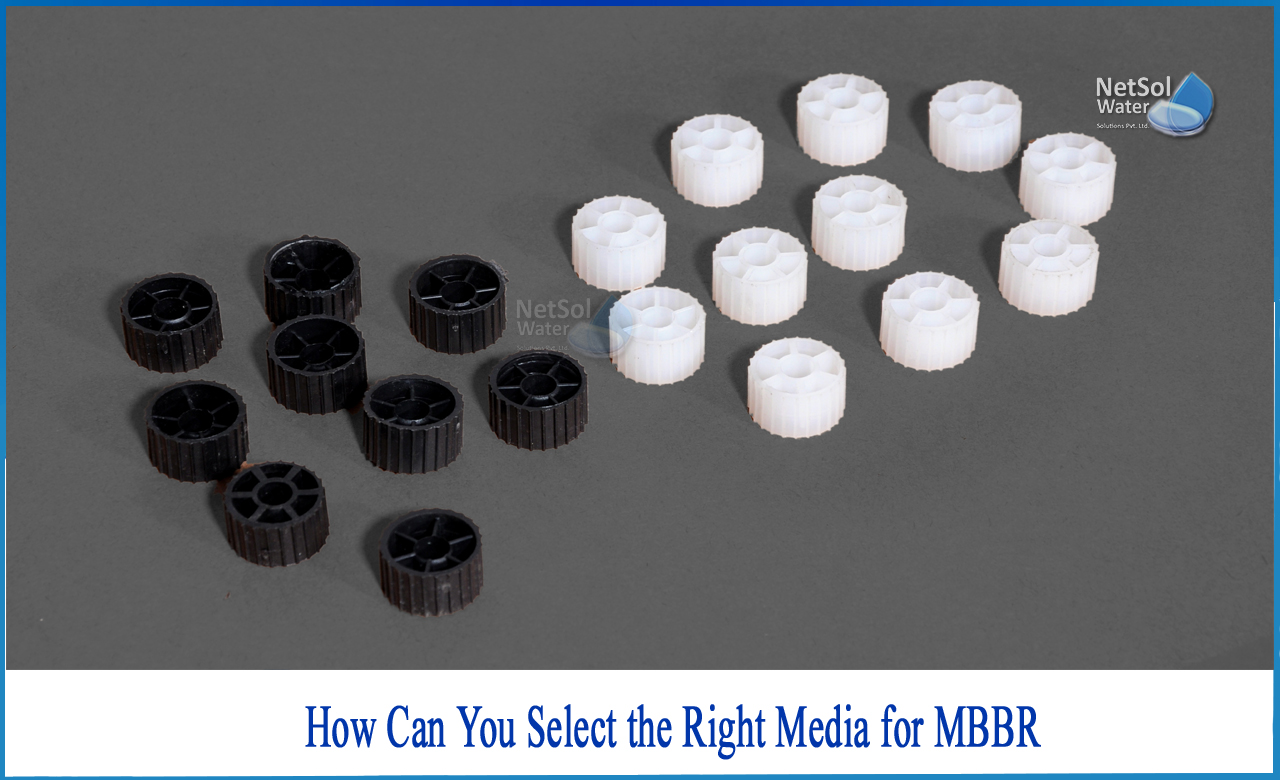Overview
A bed of MBBR media is made up of thousands of microscopic fragments that suspend themselves throughout a wastewater treatment tank, taking up roughly half to seventy percent of the available space. Their architecture makes them ideal for fostering the growth of beneficial bacteria. The spokes of several forms of MBBR media resemble wheel-shaped pasta, offering excellent surface area for bacterial growth. Others are tiny discs or squares in the shape of coins.
Aeration tanks benefit greatly from the usage of MBBR media carriers. Their microorganisms help digest the solid waste as they disperse around the tank. The media are particularly effective because their design provides a large surface area for helpful microorganisms to settle on, increasing the number of bacteria available to digest waste.
What are the MBBR media carriers and how do they work?
The small MBBR pieces disseminate throughout the wastewater in an aeration tank, and their enormous surface area creates favourable habitat for microbial development. The trash in the tank is decomposed by the biofilm that forms on the media.
Diffusers deliver oxygen to the tank to encourage ongoing microbial growth, while a mesh sieve keeps the media carriers from being washed away with the effluent. Because the density of MBBR media carriers is equal to that of water, they mix well with wastewater and facilitate consistent waste digestion.
The usage of MBBR media is particularly useful because the little particles taking up little space, are simple to maintain, and efficiently digest trash. Changes in the volume and kind of waste in the water can also be automatically adjusted by the microorganisms on the medium. Although some monitoring is required, but MBBR systems are mostly self-contained.
What are the different types of MBBR media?
1: Sponge-type MBBR media carriers offer great mechanical strength, a large specific surface area, and a rough surface texture that biofilms prefer to adhere to. Their spongy materials are extremely flexible, yet they wear out more quickly than other materials.
2: Chip-type carriers are extremely thin and feature a high concentration of fine pores. They are very flexible and have a high resistance to wear and strain.
3: Thin, coin-shaped media carriers have the advantage of allowing wastewater to pass into them from both sides of the media, making them less vulnerable to fouling. Coin-shaped thin chip-type media carriers are available.
4: Long,narrow tube-shaped carriers provide a larger surface area for microorganism growth on the MBBR media. Their form also allows them to float in the water column equally rather than piling on top of one another. However, because of their hollow nature, they are sometimes prone to fouling.
How to select the right MBBR media for your systems?
A: Surface Area of the Media
In order for microorganisms to proliferate, there must be enough surface area. Although there is a correlation between media surface area and biodegradation rates, other factors might influence biodegradation as well, therefore the correlation is not perfect.
In general, a wastewater treatment plant should maximise media surface area while ensuring that the media carriers' other qualities fulfil the facility's requirements. For example, MBBR media carriers in the shape of spoked wheels provide a large surface area for their size, allowing a plant to meet its waste digestion requirements.
B: Performance and Biodegradation Rates Required
For a facility to transfer wastewater through secondary treatment swiftly and efficiently, it must have optimal performance and biodegradation rates. The increased medium surface area frequently boosts performance and biodegradation rates. They are also affected by factors such as influent and effluent characteristics, changes in pollutant concentrations in the wastewater, the tank's minimum temperature, and the biological metabolisms of the microorganisms in the tank.
Plants should search out MBBR media carriers of suitable shape and material quality to enable efficient, effective waste digestion in order to optimise performance and biodegradation rates.
C: Resistance to Wear
The wear-resistant properties of MBBR media carriers affect how well they withstand wastewater treatment demands. Media carriers that are more resistant to wear and tear endure longer and require fewer repairs over time. Some MBBR media carriers, such as sponges, have the low abrasion resistance and so wear out more quickly. Chip-type carriers are more resistant to damage and have a longer lifespan. The insides of tube-shaped versions are prone to biomatter accumulation, which eventually dies and prevents active waste digestion.
D: Maintenance
MBBR media systems have a low maintenance requirement. Some materials, such as polyethene, last longer than others and require less maintenance, therefore facility managers should research alternative materials and establish how long the plant's medium must endure.
Netsol Water is Greater Noida-based leading water & wastewater treatment plant manufacturer. We are industry's most demanding company based on client review and work quality. We are known as best commercial RO plant manufacturers, industrial RO plant manufacturer, sewage treatment plant manufacturer, Water Softener Plant Manufacturers and effluent treatment plant manufacturers. Apart from this 24x7 customer support is our USP. Call on +91-9650608473, or write us at enquiry@netsolwater.com for any support, inquiry or product-purchase related query.



